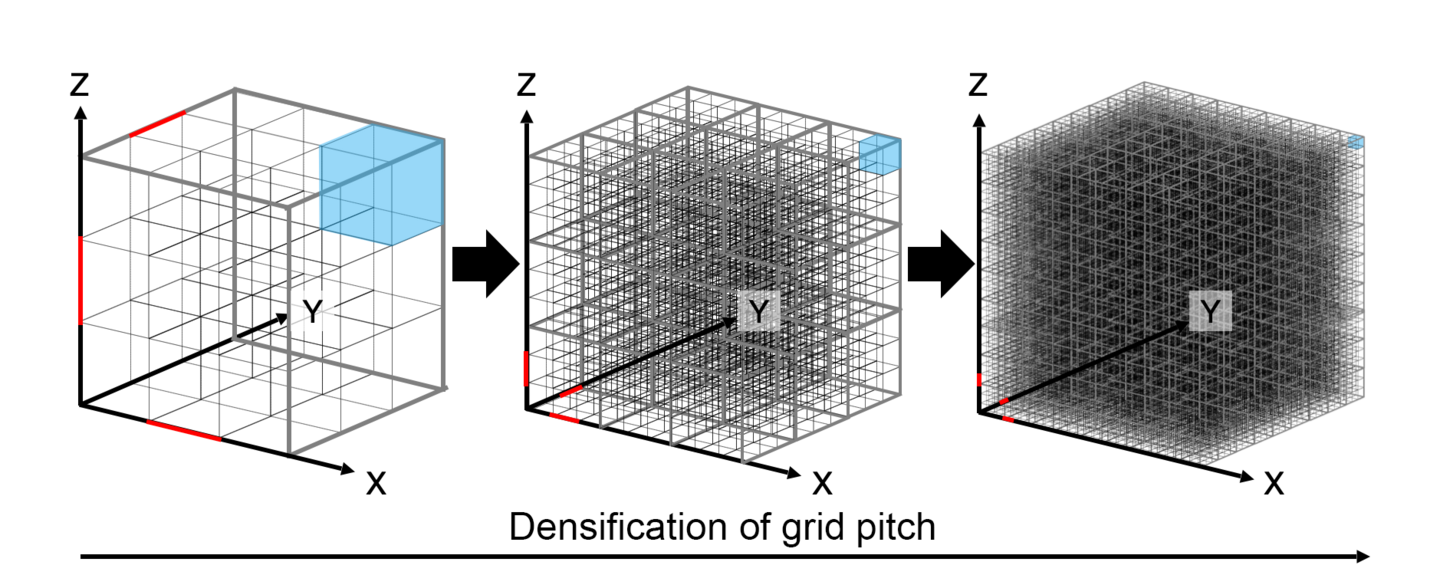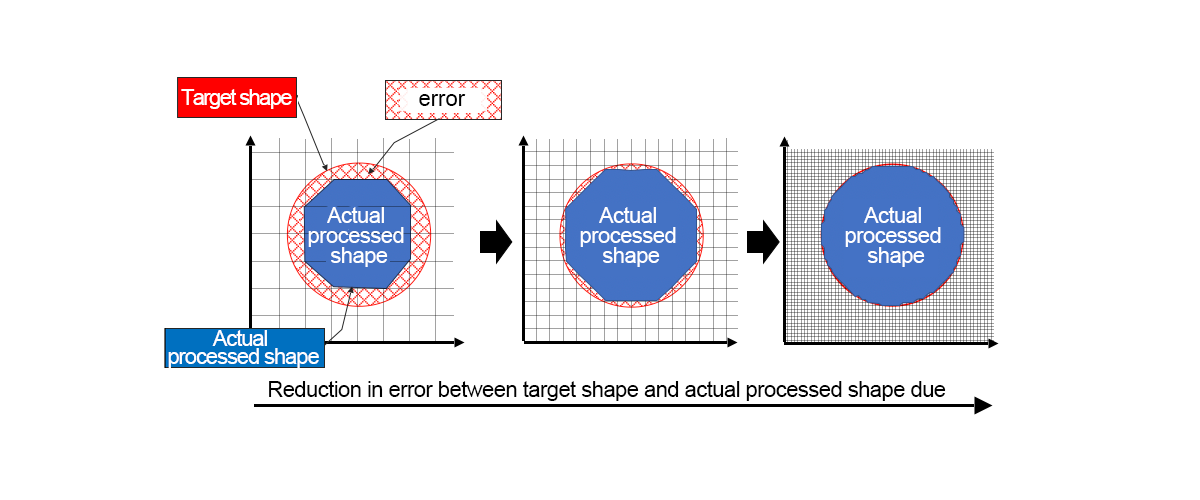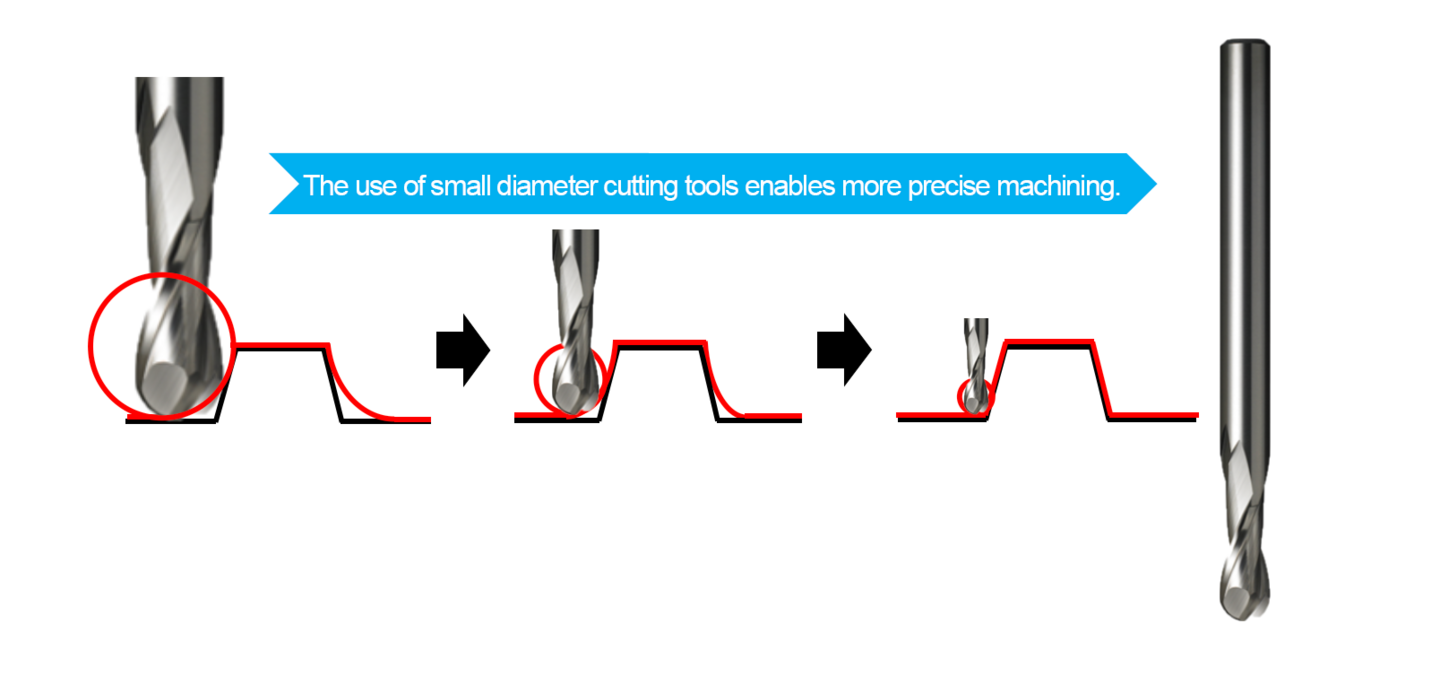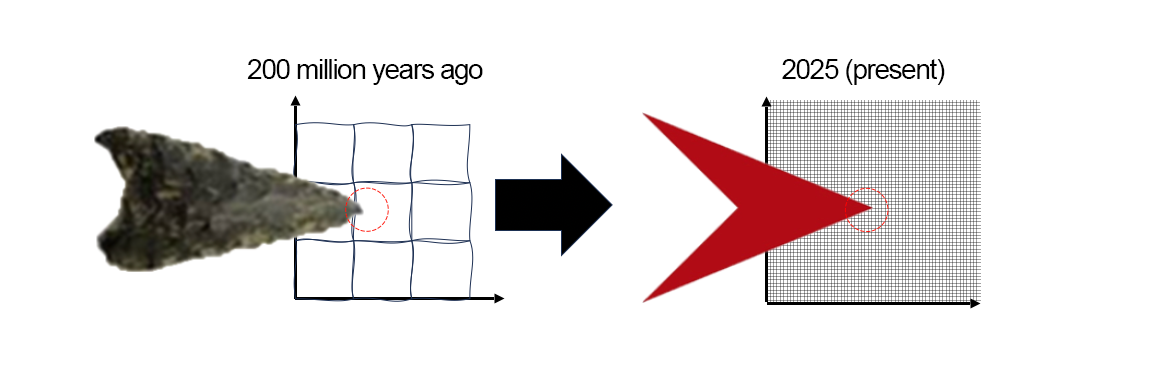■ Technology Concept for "Spatial Modeling Error Management"
The 5mm Rubik's Cube was completed by making full use of the latest 5-axis MC machine, high-precision fine cutting tools, and K.Saito know-how (including C×T theory, process design, and assembly method) to perform high-precision processing. K.Saito has named the technical concept that supports the know-how to realize such high-precision processing and minimize processing errors as MGCM (Minimum Grid Control Manufacturing).
"Spatial Modeling" means "solid (XYZ) + time (taking into account realistic deformations due to distortion, vibration, etc. caused by the passage of time)."
■ MGCM is...
MGCM in cutting processing is a technological concept that pursues "processing know-how to clarify and appropriately manage all external disturbance factors (misalignment, distortion, thermal expansion, etc.) that affect the accuracy of the workpiece's machining process according to the accuracy level for the target shape."
When higher target shape accuracy is expected, the effects of error factors such as positional deviation, axial wobble, and vibration, which could be ignored in conventional machining, can no longer be ignored. This means that new error factors have increased, and the higher the required level of precision, the more difficult it becomes to manage (reduce) these error factors.
In order to control these error factors and achieve high-precision machining, it is first necessary to have a high resolution of the MC machine's positioning command values (i.e. a fine grid pitch). The narrower the grid pitch, the closer it gets to the target shape. The grid pitch here corresponds to the resolution of the MC machine's positioning command values.

The finer the grid pitch, the more coordinates that can be specified for the cutting edge position on the XYZ coordinate system within the limited machining space of the MC machine can be specified. Therefore, the actual workpiece can be machined into an accurate shape that is closer to the specified 3D model shape.

However, even if the grid pitch is fine (even if the position can be specified precisely), high-precision machining cannot be achieved if the positioning accuracy is poor.
It is also necessary to consider positioning accuracy and repeatability separately. For example, if the trajectory of a distorted line is accurately followed every time, the positioning accuracy is poor but the repeatability accuracy is good. Good repeatability does not necessarily mean good positioning accuracy.
■ The Importance of Microfabrication Technology
MGCM is causing an explosive evolution in technology for miniaturizing shapes. For example, behind the trend of digital devices such as smartphones becoming more powerful and smaller, technology is evolving in the direction of mounting more components in the same volume. As the need to mount more fine components in a certain limited space increases, there is a demand for miniaturization of the components themselves and for manufacturing equipment to be compatible with micro-processing.

When machining workpieces with minute shapes using cutting, it is important to use small diameter cutting tools "in the correct way". In the case of micromachined parts (workpiece size 1mm square or less), the machining shape also becomes finer, so the shape and size of the cutting tool must also be made finer. As the shapes of holes, grooves, corners, etc. become finer, the cutting tool used for machining must also be made finer. Using a smaller diameter cutting tool makes it possible to machine the corner radius of finer shapes.

The most important thing in machining with small diameter cutting tools is to suppress runout. To achieve this, it is desirable to use holders and cutting tools with high runout accuracy, assemble the tool with high precision, and attach it to the spindle with high precision, ultimately suppressing runout to within approximately 2μm.
By carrying out each of these various tasks in accordance with the "K. Saito way," it is possible to achieve high-added-value, "profitable" micro-machining with an MC machine equipped with a spindle that rotates at over 12,000 revolutions per minute.
Manufacturing has a history of 2 million years. It is no exaggeration to say that this history is the history of increasing the resolution of manufacturing. Manufacturing is a valuable means of improving people's lives. Our desire to improve our lives knows no bounds, and as a result, the desire for and evolution of increasing the resolution of manufacturing will also never cease. Improving own technology may not lead to immediate results, but it will surely lead to work in the near future.



